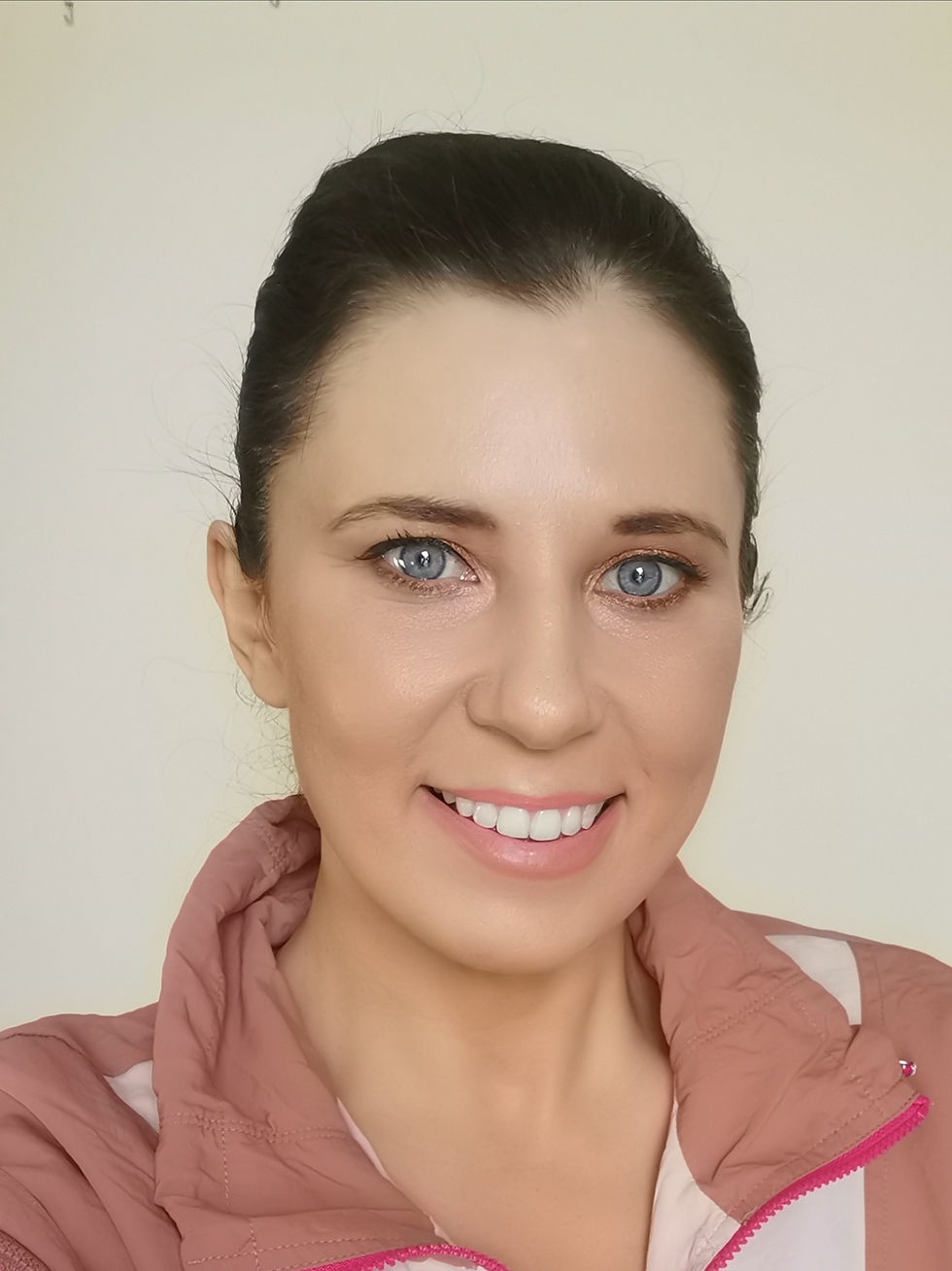The Difference Between Yin and Restorative Yoga
- WellnessHolidayBoutique

- Apr 28, 2021
- 3 min read
Updated: Jul 5, 2024
With so many different styles and lineages of yoga out there to benefit our physical and emotional health, it’s easy to get confused and overwhelmed about which class to try.
Yin Yoga and Restorative Yoga are two such styles that are often misunderstood and confused with each other. So we speak to Margaret Young, a yoga teacher, wellness entrepreneur, and founder of lifestyle blog and brand, Wild Soul, to demystify and explain things.

What is Yin Yoga?
Yin is a type of slow-paced physical yoga practice where postures are held for longer periods than is typical in many other styles, and we hold the poses in what is known as our “edge”. The edge is the point where the pose is almost becoming challenging i.e. we feel a moderate to a significant resistance or stress. The time spent in the pose allows the body to open up and go deeper.
Why might I go for this style?
Yin targets the connective tissues and fascia, not the muscles themselves, so if you feel like your muscles get enough attention, with more rigorous (yang) exercises whether that is through other styles of yoga or weights, running etc., Yin Yoga can bring a nice balance to your fitness regime.
Many of the benefits are long-term and preventive in nature so if you are someone who is concerned about ageing and staying healthy and mobile as you age, rather than seeking a quick aesthetic fix, Yin could be for you.
Finally, there is only one standing pose in Yin so if you prefer sitting and lying on your mat in yoga, rather than standing poses, Yin could also appeal to you for that reason.
What is Restorative Yoga?
Restorative yoga is a slow-paced style of yoga is designed to open the body while prompting the parasympathetic nervous system to kick in and initiate a healing response slowly and gradually. It also happens to be very restful. Restorative yoga is slow, grounded, and meditative with only a few poses in each class, but they are held for long periods, frequently with the use of props like cushions or blankets to make the poses as comfortable as possible. It’s not unusual to fall asleep.
Why would I choose this style?
For complete yoga beginners, those recovering from illness, and those who are hunched over a desk all day at work, Restorative Yoga can be used as a nice introduction to yoga asana or to destress and help counteract a lack of mobility and inactivity.
What do the two styles have in common?
Both styles hold poses for long periods of time. Anything from a couple of minutes to over 10 minutes. This is what often causes confusion between the two styles! Another aspect both styles have in common is the use of props. again, this causes misinterpretation.
What is the difference between Yin and Restorative?
The big difference is sensation. In Yin we look for our “edge”, with Restorative we want zero sensation and to just be comfortable. In Yin, the props (bolsters, pillows, blocks etc.) are used to support, make you feel secure so you can concentrate on finding your edge and finding stillness.
But in Restorative, while props are also used to support, it’s more about bringing the floor up to you, so you can be 100% comfortable and feel no sensation in the poses. Typically, Restorative would use more props than Yin, with the neck, knees, and even hands being supported to ensure maximum comfort.

Want to try for yourself?
Margaret is kindly offering The Wellness Holiday Boutique followers a chance to experience both styles of yoga mentioned in the article with an exclusive discount.
Use code WELLNESS to get 40% off her weekend yin class AND her Wednesday evening restorative class meaning you can try both for 10 pounds (12 euro). Valid during May 2021.
Book at www.wildsoul.ie and don’t forget to follow Margaret on Instagram @magsmmyoung
